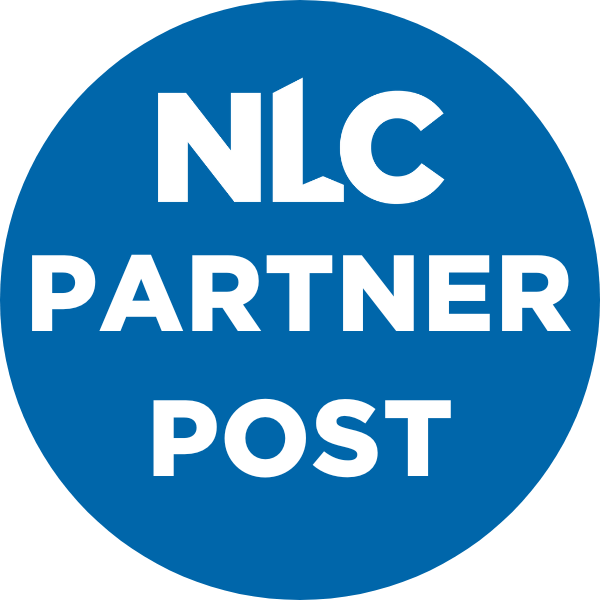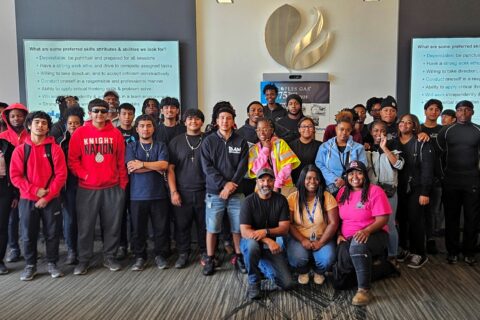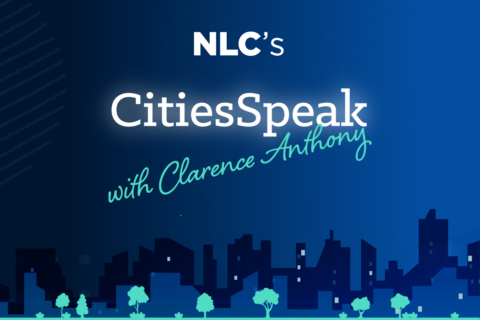Author: Bob Lavigna, Sr. Fellow – Public Sector, Ultimate Kronos Group
“We all feel the pain.” That is how one local government HR leader described the challenge of attracting and retaining talent in today’s intensely competitive labor market.
City government employees today have different expectations about where, how, and why they want to work. They want flexibility, voice, work-life balance, and personal well-being.
If employers don’t respond, employees will vote with their feet and find other jobs.
According to the U.S. Bureau of Labor Statistics (BLS), three million or more employees continue to quit their jobs each month. In state and local government, the most recent BLS monthly report shows 570,000 vacancies (excluding education) but only 156,000 hires (a ratio of 3.7:1). This vacancy/hire ratio, which is almost two and one-half times higher than in the private sector (1.5:1), has stubbornly persisted month-after-month.
It’s a vicious cycle. Vacancies cause excessive workloads, which cause stress and turnover. Then, vacancies are tough to fill.
In city government, hiring can be slow and cumbersome, competing with private-sector pay is difficult, government is not seen as a technology leader, many jobs cannot be performed remotely, and employees are often limited in their ability to expand their skills beyond rigid job descriptions.
How does a city become an employer of choice in this tough environment? By creating an employee-focused culture that attracts and retains talented employees who deliver for the organization and the community. In other words, by becoming a great place to work.
The UKG Great Place to Work (GPTW) Institute has surveyed millions of employees in organizations around the world. For 30 years, GPTW has used its “trust index survey” responses to certify organizations as great places to work. These are organizations where at least 70 percent of employees respond positively to the trust index survey questions.

As the table below shows, employees in certified organizations feel far better about their workplaces than employees in the average U.S. organization. Places certified by GPTW have employees who report they promote their organization to friends and family (86%), plan to work there for a long time (84%), believe their organization provides excellent customer service (89%), believe their organization innovates (82%), and are given the resources they need to do their job (82%).
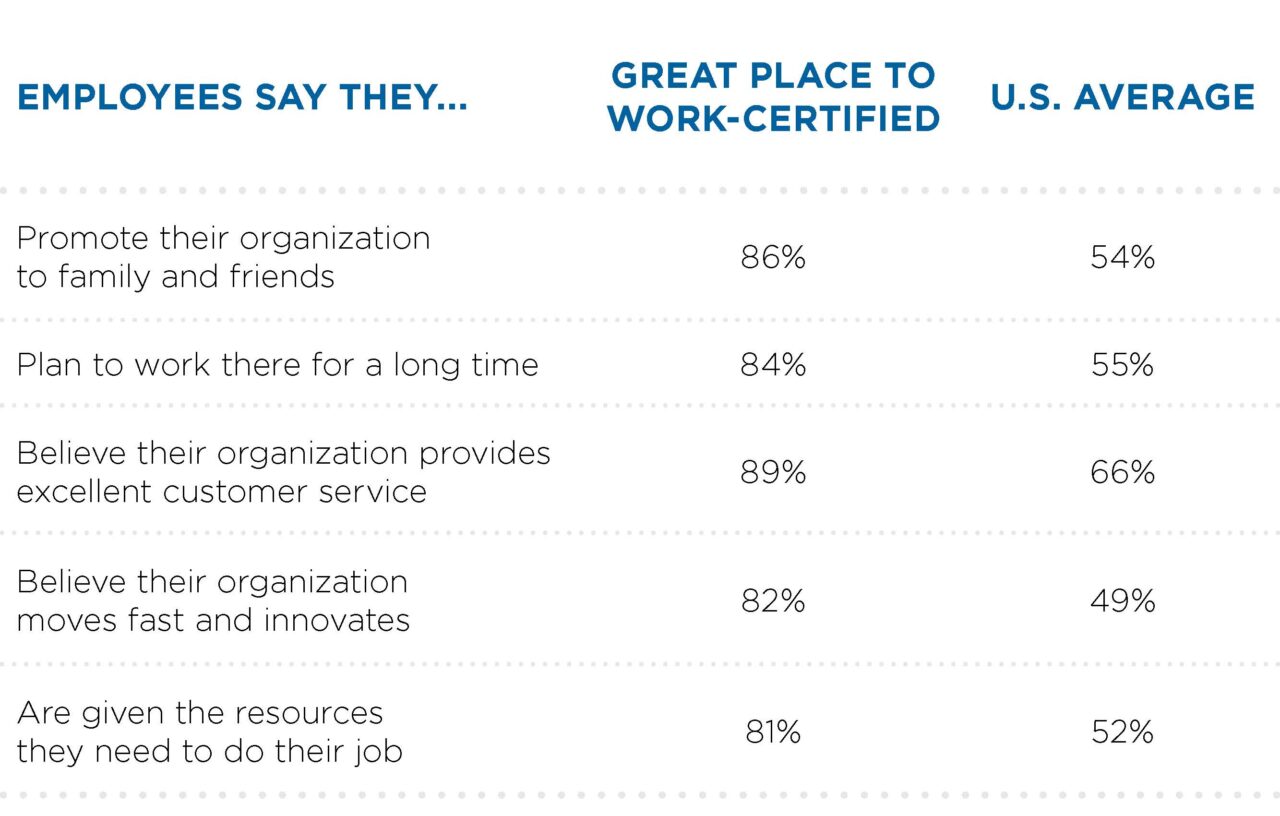
It is no surprise, then, that the best places to work have 50 percent less turnover than other organizations. These organizations are able to meet the needs of the largest generation in the workforce—when millennials believe their organization has a high-trust culture, they are 22 times more likely to want to stay for a long time. A GPTW study showed that a whopping 98 percent of respondents said a great culture is important in their next job search.
In addition to boosting retention, city governments must hire the next generation of public servants. And what happens internally in an organization affects how people outside, including prospective job candidates, view it.
According to another survey, up to 69 percent of job seekers would reject a job offer from an organization with a bad reputation, even if they were unemployed.
How is an organization’s reputation created in our online world? A major source is job sites that prominently display employee reviews. According to Glassdoor, a leading site, 65% of its users read at least five reviews before forming an opinion about an employer. Another survey revealed that 55% of job seekers stop pursuing a job after reading negative reviews.
Organizations with five-star employee ratings will out-recruit organizations with one-star ratings.
Leadership Behaviors that Create Great Places to Work
Great places to work have great leaders. GPTW research has identified nine leadership behaviors that create a culture of trust.
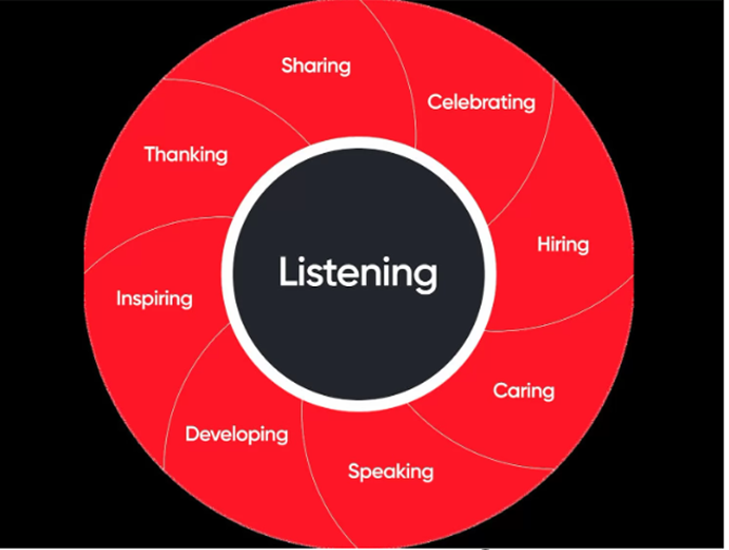
Listening
Great listeners develop other critical behaviors. Listening is not just hearing what someone says – it’s responding. An inclusive leader shows humility, vulnerability, and empathy by considering other points of view while putting their own opinions aside.
Listening includes regularly surveying employees to understand their opinions — and then responding with action.
Speaking
Speaking is about clarity, frequency, transparency, and sharing information through multiple channels — video, intranet, email, print, person-to-person, and in meetings. City leaders should especially strive to connect with front-line employees in jobs like law enforcement, firefighting, public works, parks and recreation, and public transit.
Thanking
Leaders thank colleagues in personally meaningful ways that show them they are important. This can include peer recognition, employee awards, personal notes, viewing mistakes as learning opportunities, and recognizing employees in person and in front of others. Recognition should be sincere and meaningful. For example:
“We thank John for helping a resident through a sticky problem. At our city, we do whatever it takes to make the customer’s problem our problem, and then solve it. I also know that John was late for his daughter’s soccer practice. I hope he does not have to do that again, but we appreciate that he did that for us.”
Developing
A leader helps employees grow as people, not just as employees. This includes nurturing talents and interests through job- and non-job-related training, stretch assignments, educational support, and personalized development plans. Development also means providing candid and measurable feedback.
Caring
This is the secret weapon. Great work (and great retention) occurs when people feel they are being cared for. According to a national survey, 81 percent of employees want to work for employers that support their mental health. Caring also means providing workplace flexibility and work-life balance and helping people cope with family and personal crises.
Sharing
In the private sector, sharing often means distributing profits and bonuses. In government, sharing can be ensuring that raises are fair or, if compensation is merit-based, that criteria and decisions are clear and transparent.
Celebrating
Most important is celebrating how people help the organization achieve its purpose. Government has a unique opportunity during Public Service Recognition Week, the first week in May when we celebrate the contributions of public servants nationwide.
Inspiring
City leaders don’t have to be great public speakers to inspire – they can inspire with the questions they ask and how they listen. Leaders also inspire by helping employees understand how their work helps the city deliver essential services.
This can be done through customer stories, sharing the organization’s vision, highlighting behaviors that demonstrate key values, reinforcing these values, and stressing the organization’s contribution to the community or society.
Hiring
You only get one chance at a first impression, and that begins with timely and user-friendly hiring. Government hiring can take up to three times longer than the private sector. However, one local government – Nevada County, California – “threw out the rule book, ”streamlined hiring processes, and cut average hiring time from 136 to 28 days.
Cities must also welcome hires through new employee onboarding, an integrated set of activities that begins before the new employee reports and continues throughout the new hire’s entire first year.
The Call to Action
Thriving in our new and challenging workplace means creating a great place to work – a city government that attracts, develops, and retains the talented people who deliver for their residents. To do this, cities should:
- Survey employees to identify how to improve the employee experience – and then act on the results
- Market and brand city government jobs as opportunities to make a difference in the community
- Create timely and user-friendly hiring processes and effective onboarding
- Help leaders develop the competencies that create great places to work
The UKG Workforce Institute Industry Insights Report, Public Sector Edition, offers further insights on how to thrive in the new world of work.
Visit the NLC Strategic Partnerships page to learn more about the organizations like UKG dedicated to making NLC the premier resource for local governments.

